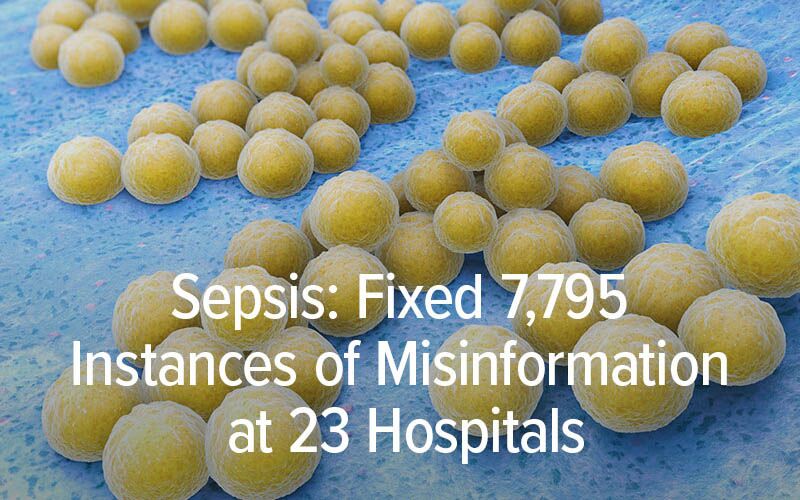A New Pathway to Reduce Sepsis Morbidity
Every hour that a sepsis diagnosis is missed, mortality increases 8%. In recent years, the scale of the problem has driven new, international efforts to improve sepsis care. No specialty “owns” sepsis. It’s all hands on deck. There are newly devised protocols, sepsis teams, guidelines, and alliances to combat sepsis. Providers, payers, researchers, risk underwriters, accreditors, and regulators are all on notice to reduce sepsis morbidity and mortality.
There are isolated, local successes. Intermountain Healthcare in Salt Lake City reduced sepsis mortality by 70% through innovation and organizational grit…and knowledge.
First-of-its-kind national hospitalist sepsis study
Our first-of-its-kind national hospitalist sepsis study was designed as a clinical intervention using the Amplifire training tool, which delivers a groundbreaking learning experience and advanced analytics. The goal was to acquire data on what doctors and nurses know about sepsis. Can they recognize sepsis at an early stage? Do they know the evidence supporting treatment guidelines? Are they confident about how to respond?
Finding and Fixing Confidently Held Misinformation (CHM) that Affects Performance
Observations
- 7,795 instances of confidently held misinformation found and fixed
- 14,500 instances of uncertainty found and fixed
- The variation of knowledge was high, with some doctors misinformed and others showing con dent mastery of the topic. The most knowledgeable are nearly 100 percent confident and correct about sepsis. The least knowledgeable revealed misinformation about more than half the topics
- Doctors who were most misinformed or uncertain spent well over an hour in the module, while those who already knew much about sepsis spent only 27 minutes
- By the end of the course, 100% of the clinicians who completed were confident and correct on all the information


Clinical Challenges and Implications
Amplifire discovered that there was a lot of confusion around source awareness, age bias and guidelines. Complete the form below to learn about the clinical challenges and implications that were uncovered in this study.



